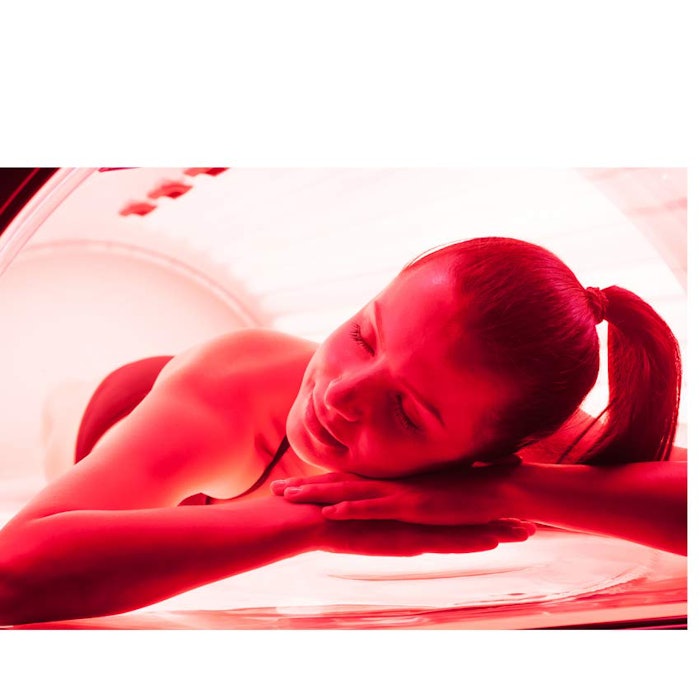
As part of its continual aim to help prevent skin cancer, the U.S. Food and Drug Administration wants to officially turn out the lights for minors who want to use tanning beds.
The FDA's two indoor tanning rules that are on the table, both of which are open for public comment until March 21, 2016, would apply to manufacturers and tanning facility operators. If the rules are approved, it could impact about 18,000 to 19,000 indoor tanning salons and 15,000 to 20,000 other facilities, such as health clubs, spas, and other commercial establishments, that offer tanning services in the U.S.
18 and Older
- The first proposed rule would restrict use of sunlamp products to adults 18 and older. In addition, before their first tanning session and every six months thereafter, adult users over age 18 would have to sign a risk acknowledgment certification that states they have been informed of the risks to health that may result from use of sunlamp products.
Safety Measure Improvements
- The second proposed rule requires sunlamp manufacturers and tanning facilities to take additional measures to improve the overall safety of these devices. Some of the key proposed changes would include:
- Making warnings easier to read and more prominent on the device
- Requiring an emergency shut off switch, or “panic button”
- Improving eye safety by adding requirements that would limit the amount of light allowed through protective eyewear
- Improving labeling on replacement bulbs so tanning facility operators can make sure they are using the proper replacement bulbs
- Reducing the risk of accidental burns
- Prohibiting dangerous device modifications, like installing stronger bulbs, without re-certifying and re-identifying the device with the FDA
“Today’s action is intended to help protect young people from a known and preventable cause of skin cancer and other harms,” FDA Commissioner Stephen Ostroff, M.D., said in a written statement. “Individuals under 18 years are at greatest risk of the adverse health consequences of indoor tanning.”
About 1.6 million minors indoor tan each year, increasing their risk of skin cancer, including the most deadly form melanoma, and other skin damage (based on data in the 2013 National Youth Risk Behavior Survey), the FDA said.
According to the American Academy of Dermatology, those who have been exposed to radiation from indoor tanning are 59% more likely to develop melanoma than those who have never tanned indoors. In addition, the effects of exposure to UV radiation can place one with a greater risk for skin and eye damage later in life, the organization said. The Centers for Disease Control and Prevention estimates an average of more than 3,000 emergency department room visits occur for injuries related to indoor tanning each year in the U.S. (based on 2003-2012 data).
“The FDA understands that some adults may decide to continue to use sunlamp products,” Ostroff added. “These proposed rules are meant to help adults make their decisions based on truthful information and to ensure manufacturers and tanning facilities take additional steps to improve the safety of these devices.” Of course, safe sun practices ideally should not include the use of tanning beds.










